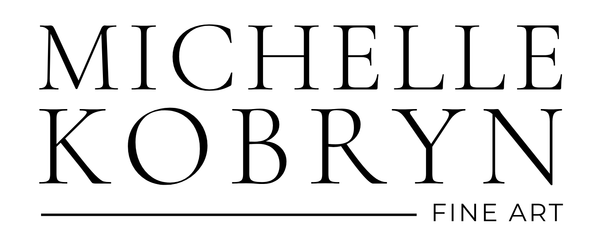
A brief history of blue pigment in art
Share
My absolute favorite color, and a staple on my artist palette, is blue. The history of blue pigment in art is a fascinating journey that spans thousands of years, with various techniques and pigment sources used over time to create different shades of the beautiful hue. Here is a brief overview of blue pigment throughout significant periods in art history:
Ancient Egypt: One of the earliest blue pigments used in art was Egyptian blue, which was developed by the ancient Egyptians around 2600 BCE. It was made from a mixture of silica, lime, copper, and an alkali. Egyptian blue was used in wall paintings, sculptures, and pottery.
Ancient Mesopotamia: Another early blue pigment was lapis lazuli, a semi-precious stone that was ground into a powder and used to create a vibrant blue pigment. Lapis lazuli was highly valued and traded across ancient civilizations, including Mesopotamia, where it was used in art and jewelry.
Ancient Greece and Rome: The Greeks and Romans used a pigment called smalt, which was made from ground cobalt glass. It produced a deep blue color and was used in frescoes, mosaics, and pottery.
Medieval Europe: During the Middle Ages, blue pigments were scarce and expensive. Ultramarine, made from ground lapis lazuli, was the most prized blue pigment. It was used in illuminated manuscripts and religious paintings, but its high cost limited its availability to only the wealthiest patrons.
Renaissance: The discovery of new blue pigments during the Renaissance revolutionized the use of blue in art. Azurite, a natural mineral, and smalt continued to be used, but the introduction of synthetic pigments such as ultramarine made blue more accessible to artists.
Modern era: In the 18th and 19th centuries, chemists developed new synthetic blue pigments, such as Prussian blue and cobalt blue. These pigments were more affordable and had different properties, allowing artists to explore new possibilities in their work.
Today, artists have a wide range of blue pigments at their disposal, from traditional ones like ultramarine and cobalt blue to modern synthetic pigments. Each pigment has its own unique characteristics, allowing artists to create a diverse range of blue hues in their artworks.
